Layers of Fear developer Bloober Team is currently working on the Silent Hill 2 remake. Few teams are better suited for this task, as James Sunderland’s journey through that haunted town has been a significant inspiration for the studio’s work, most noticeably in games like The Medium. This is also true for Bloober Team’s two Layers of Fear titles, which have been reimagined by combining and improving both experiences, turning them into one excellent package that makes good use of the latest hardware.
The two Layers of Fear titles are psychological first-person horror games, with more of a focus on scary imagery and building dread than with combat. You mainly interact with the environment by opening/closing doors and searching rooms, while supernatural events happen around you. These games are closer to P.T. than to something like Resident Evil, as much of the fear comes from the helplessness of your situation and your inability to protect yourself from the horrors present within the game world.
The story of the first Layers of Fear involves a nameless painter obsessed with completing his magnum opus: a painting of his wife. As he adds each layer to the picture, he hallucinates the dark events that happened to his family in the past, with the visions becoming more fearful as time passes. Similarly, Layers of Fear 2 involves an unnamed actor trapped alone on a ship, save for mannequins spread around the place. The actor must confront the secret of their past as one character crumbles away and is replaced by another.
Layers of Fear Key Details
- Developer: Bloober Team & Anshar Studios
- Platforms: PC, PlayStation 5, Xbox Series X/S, Apple Silicon Mac
- Release Date: June 15, 2023
What’s New in Layers of Fear?
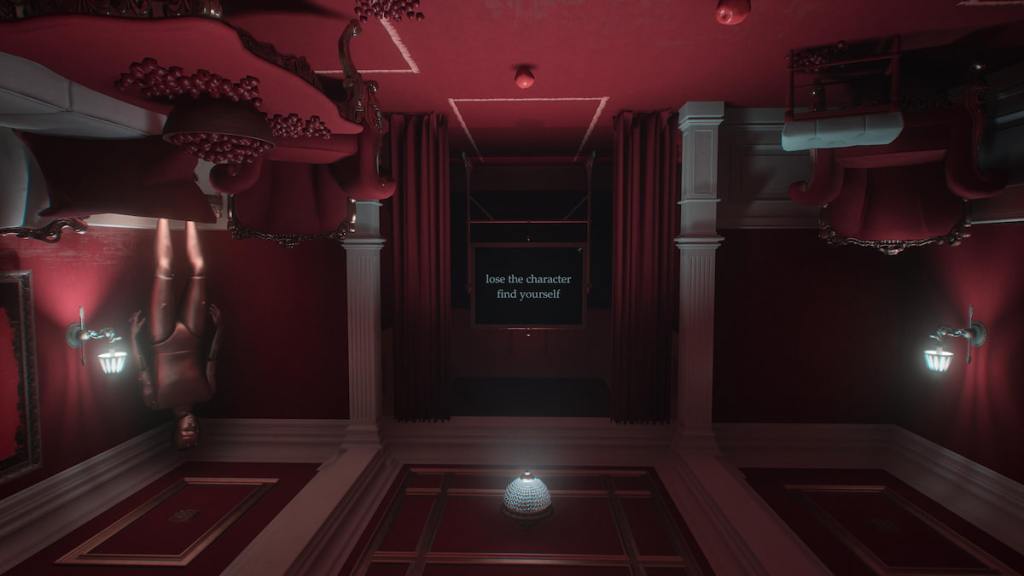
Layers of Fear uses Unreal Engine 5 to deliver ground-up remakes of the original 2016 Layers of Fear and its 2019 sequel, as well as the DLC content for the original game. The two games’ stories are now connected through a third storyline called The Writer, which creates a framework that ties the loose narratives of the original games together. The Writer is very much in the vein of The Shining, as an author travels to a lighthouse to concentrate on her writing while slowly succumbing to supernatural forces attracted by her creativity.
The Writer’s storyline does create a framework for Layers of Fear, but these sections are brief, take place in a small area, and have no gameplay/puzzle sections to speak of. As such, players shouldn’t expect the same level of content from this third storyline as the others, as it mainly acts as a bridge between the stories.
Layers of Fear does add a new optional DLC chapter called The Final Note, which follows the painter’s wife and explores her part of the story and presents a different perspective on the events that happened in the original game. The Final Note feels like a natural extension of the storyline of Layers of Fear, though it has many more chase sequences than any other part of the game.
Possibly the biggest change in the new Layers of Fear is the visuals, which have been overhauled, with a Graphics mode allowing for options like ray tracing, HDR, and 4K visuals. The use of lighting and shadows in the game is masterful, creating horrifying imagery alongside the actual scary things that the player sees, with items arranged in such a way that they make new horrors across the walls.
Layers of Fear also uses binaural sound, with prompts advising you to play it with headphones. Like the lighting, the game makes excellent use of this feature, with whispers, scratching, and loud bangs coming from different directions. These small but impactful additions do an excellent job of bringing you further into the experience.
Building Horror & the Use of Jump Scares

Regarding gameplay, Layers of Fear involves exploring scary environments, solving puzzles, and occasionally being chased by enemies. If anything, Layers of Fear is like a horror rollercoaster ride, with scares awaiting around every corner, though it’s rare that they can harm the player. The story is mostly told through notes found throughout the game world, some of which paint unclear pictures about past events, leaving you to draw your own conclusions about what actually happened to the protagonists before the events of the story.
I think The Actor storyline is the scariest, thanks to the uncanny appearance of the mannequins, which subtly switch positions as you move around. It’s a small thing, but it’s highly effective in making you feel a sense of horror coming from the mundane, whereas The Artist chapters feel more akin to the Otherworld from Silent Hill and its more exaggerated horrors.
One negative aspect of Layers of Fear is its use of jump scares, especially in The Actor storyline. The first half of Layers of Fear only features a handful of jump scares, and they come after extensive scenes of building dread, where they’re well-timed and feel earned. In the second game, however, there are more instances of cheap jump scares, where screams will randomly play out of nowhere to stir the player. These come off a little unnecessary, especially when compared to the excellent pacing of the scares during the earlier sections.
The Importance of the Chase Scenes

Both games have enemies that chase you through the stages and can kill you upon contact, but the player is provided with a light source that can hold them back (a lantern in the first game and a torch in the second), though this only grants a temporary reprieve, and they have a limited amount of battery that slowly restores when they’re not used.
At first, these chase scenes feel like arbitrary inclusions to the game, but they serve a useful purpose, as they’re the main source of tension when it comes to the player’s danger. Once the first chaser (a ghostly woman with a mummified face) is introduced, there is always the fear that she could reappear at any moment, adding a much-needed layer of terror to the game.
A downside to the chase scenes is tied to glitches in the launch version of Layers of Fear. Some of these play into the creepiness of the game during the regular segments, but when it comes to the chases, there are instances where the enemy will spawn too close for you to be able to run/defend yourself or prompts for opening doors won’t appear correctly, leading to cheap deaths. Luckily, the game has a decent checkpoint system, so these are more of a minor annoyance.
Layers of Fear Uses the Full Power of the DualSense
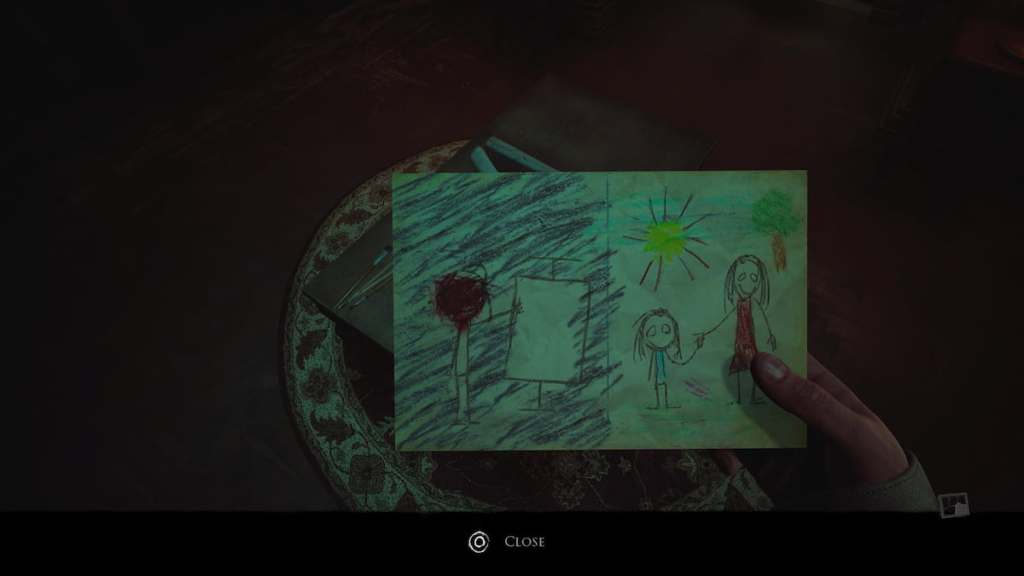
I reviewed the PlayStation 5 version of Layers of Fear and it’s surprising how well it uses the features of the DualSense controller. You see, when Sony was first hyping up the DualSense in the run-up to the launch of the PS5, they may have oversold some of the features, and when I finally got hold of it, I couldn’t help but be disappointed by the haptic feedback. Sony promised things like a sensation of walking through mud being reflected through the controller, but all it felt like to me was the HD Rumble feature of Nintendo’s Joy-Cons, except spread over a wider area.
A few games have done impressive things with the DualSense since the launch of the PS5, but Layers of Fear might make the best use of the controller. The Haptic Feedback prickles your skin as you walk down the empty corridors, always keeping you on edge and letting you know that danger can lurk around any corner. At the same time, the Adaptive Triggers give actual weight to the feeling of manipulating items in the real world. The game even throws in some spooky chatter through the controller’s speaker when you’re not expecting it, while the lights perform a crazed dance of white and pink when an enemy draws near.
Obviously, the DualSense compatibility will only be present on one of the several platforms that Layers of Fear is available on, but it’s refreshing to see a third-party game that uses the controller so well. All of the features combined help immerse the player in the experience to a frightening degree, making the PS5 port the definitive version of the game.
Verdict
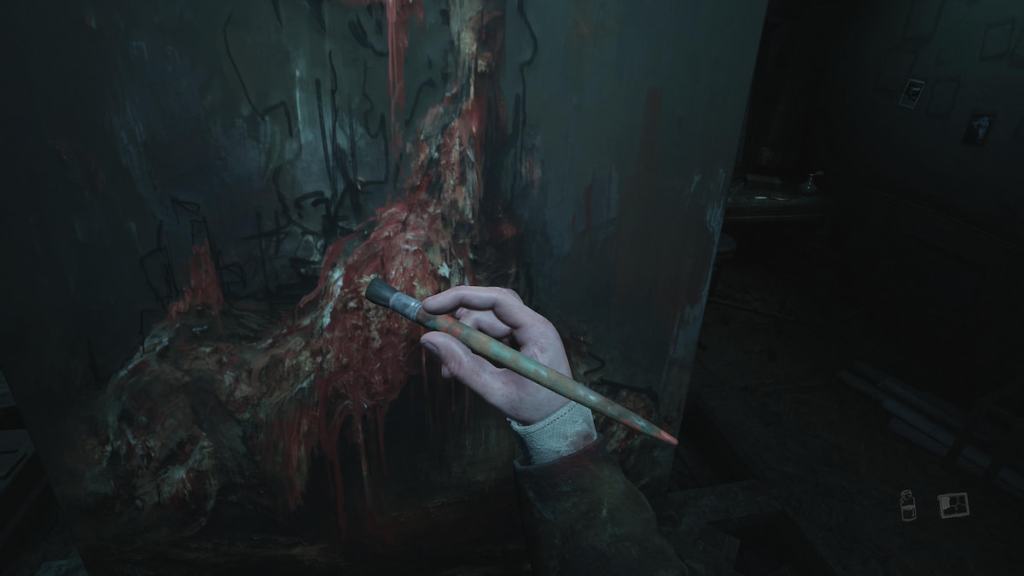
The Layers of Fear experience can be favorably compared to the Ocean House Hotel sequence from Vampire: The Masquerade – Bloodlines, with its slow build-up of dread followed by some excellent pay-offs. The gradual reveal of its story and the decaying of the minds of its protagonists is fascinating to experience in real-time, and there are even multiple endings to seek out, should you wish to squeeze more from the runtime, so long as you’re willing to endure all of the chases again.
Those who have played the original versions of the Layers of Fear series won’t find much new content in this latest iteration of the games, but new players will be experiencing their best versions to date. Konami might have deprived the world of P.T., but Layers of Fear is a worthy successor to its concept, but only for those brave enough to explore its depths.
Final Score:
8 / 10
| + | Excellent visuals that greatly enhance the experience |
| + | The Final Note DLC content provides a new ending to the original game |
| + | DualSense functionality is incredible and might be the best part of the PS5 version |
| – | New framework chapter content is brief and lacking in gameplay |
| – | The Actor section relies too heavily on cheap jump scares |
| – | Chase scene glitches can sometimes kill you |
Gamepur team received a PC code for the purpose of this review.

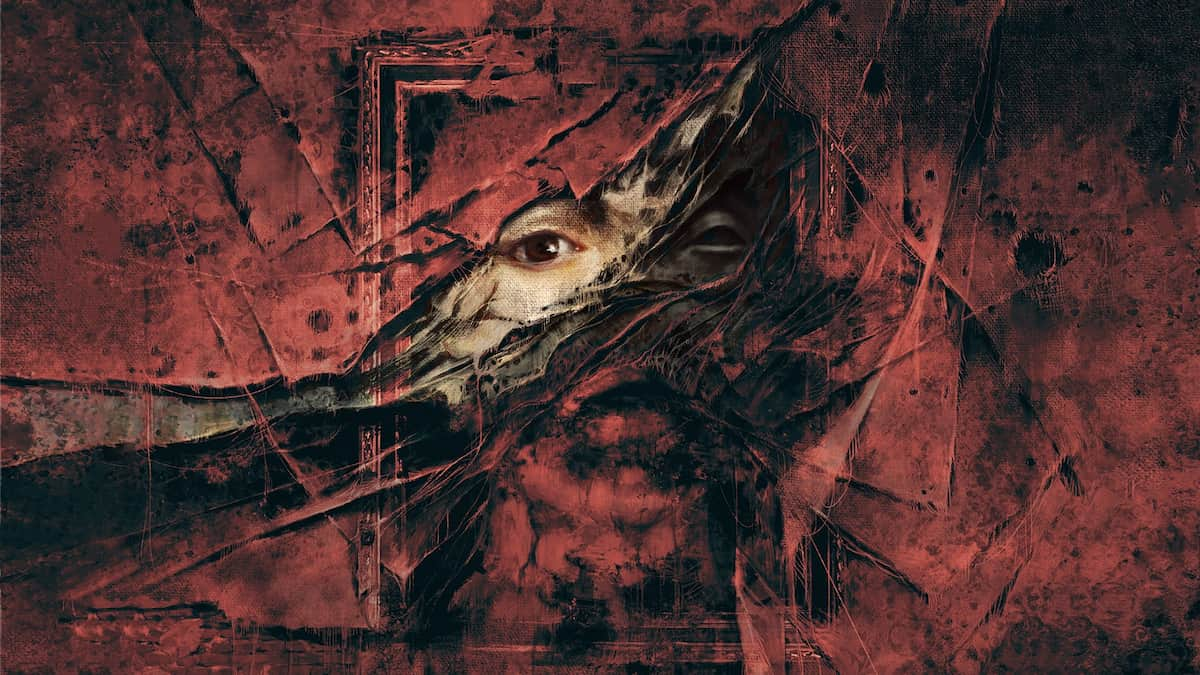

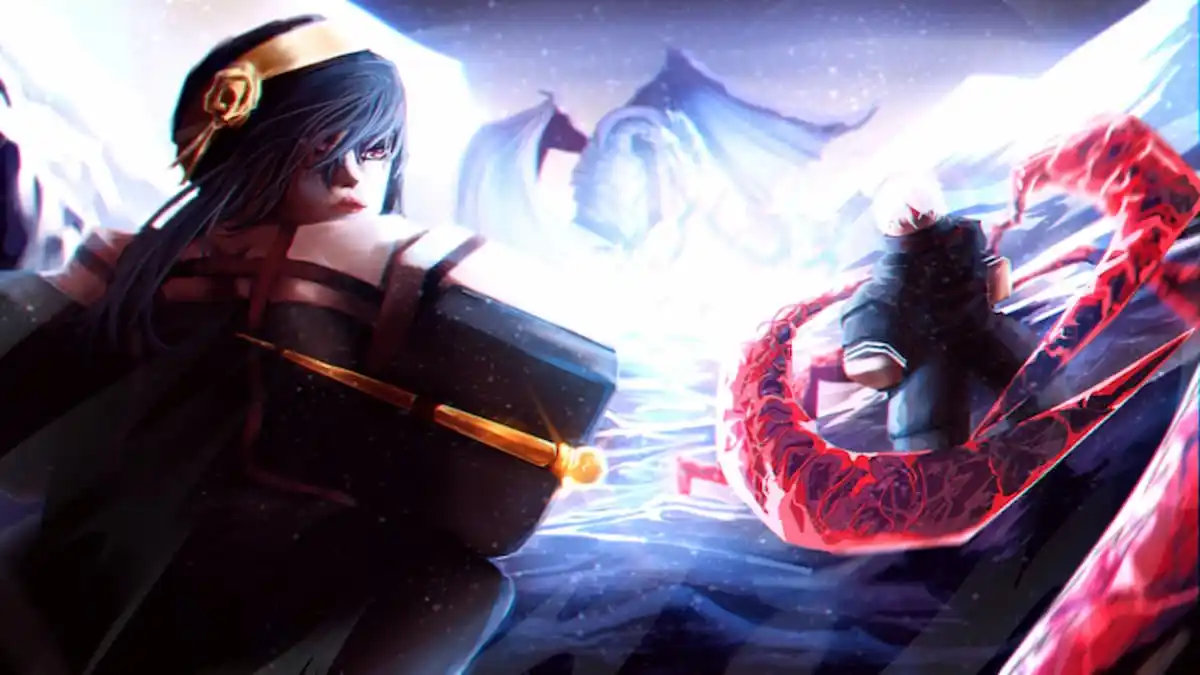
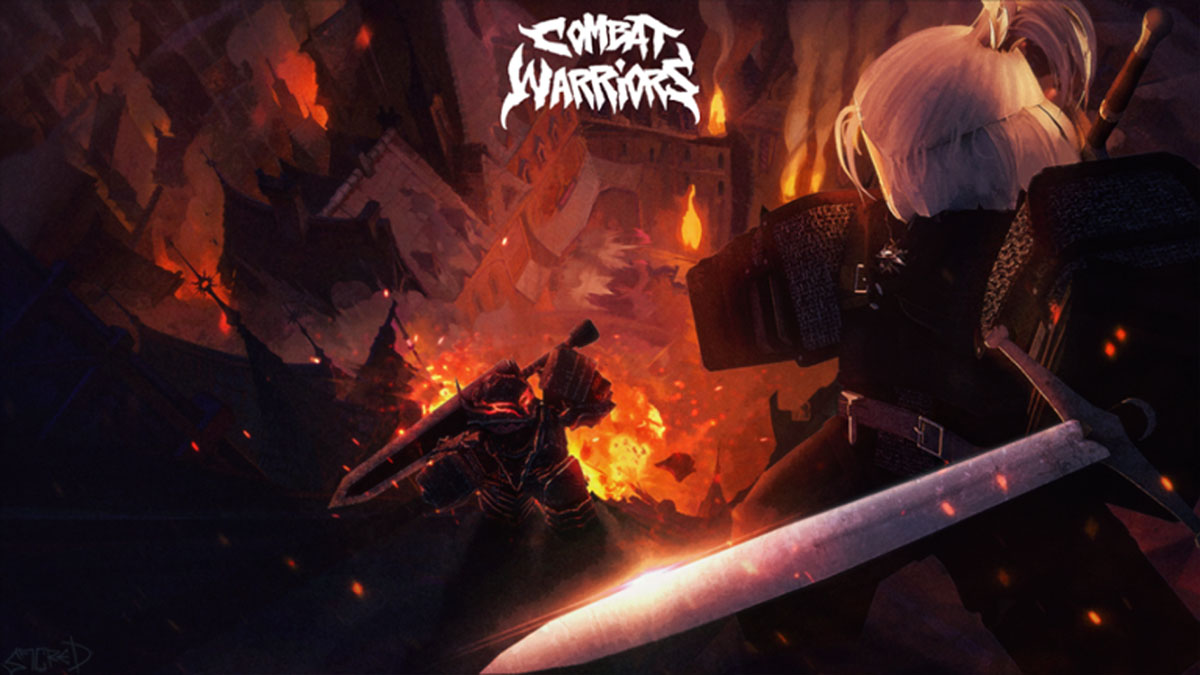


Published: Jun 15, 2023 11:00 am